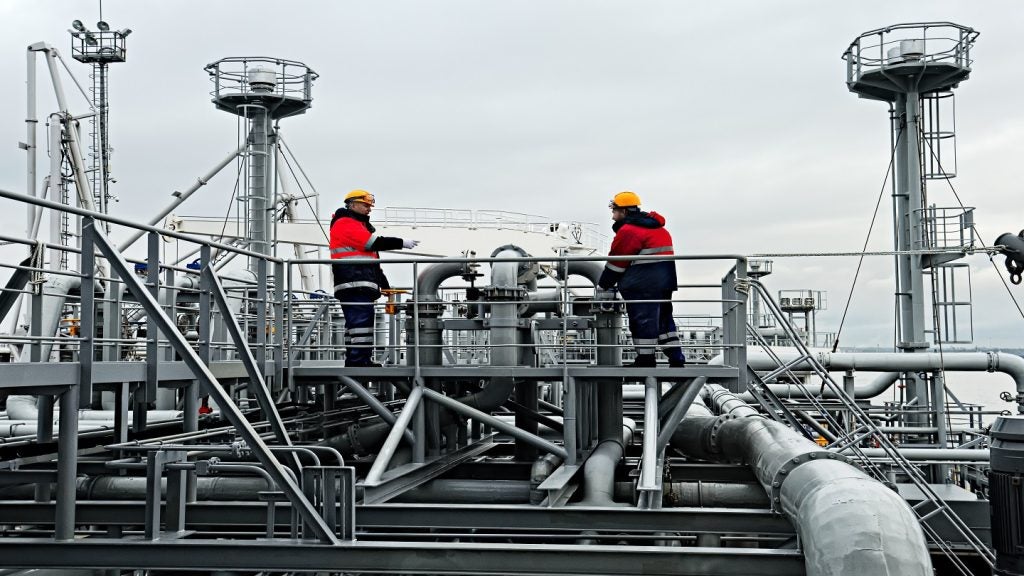
Oil majors are no strangers to crossing new frontiers. The search for hydrocarbons has been one of the most widespread and technologically advanced in history.
Wherever there have been viable reserves, IOCs have sought to tap them and bring them to market in an effort to satisfy the insatiable global demand for oil. The latest stage in this ever evolving search has seen IOCs head for Asia, driven by two overriding forces.
Firstly, overwhelming demand from the growth markets of Asia, particularly China and India, means that additional sources of energy need to be found to meet the projected increase in consumption by these nations.
Last year, China became the world’s largest energy consumer, overtaking the US. Its energy consumption is expected to grow 10-12% in 2011, a common trend for over a decade and one that looks set to continue.
"Today, China manufactures and sells more cars than North America. With increasing prosperity in the world, the demand for energy is only going to go up," comments Peter Sharpe, Shell’s executive vice-president for wells. "Shell’s prediction shows us using twice as much energy by 2050 as we do today."
See Also:
Secondly, conventional sources of oil and gas, which have long been the mainstay of IOCs, are becoming increasingly rare. The remaining large reserves that are relatively easy to tap are, for the most part, in the hands of NOCs, leaving the oil majors with no option other than to identify more unconventional sources.
How well do you really know your competitors?
Access the most comprehensive Company Profiles on the market, powered by GlobalData. Save hours of research. Gain competitive edge.

Thank you!
Your download email will arrive shortly
Not ready to buy yet? Download a free sample
We are confident about the unique quality of our Company Profiles. However, we want you to make the most beneficial decision for your business, so we offer a free sample that you can download by submitting the below form
By GlobalData"People call it unconventional, but really it has become the new conventional; tight gas, shale gas, coal bed methane – it’s brought a very different dynamic to the industry," explains Sharpe. "We’re going from drilling 12 very complicated bigbore gas wells to 10,000 very simple coal bed methane wells. It’s a completely different type of business we’re going into, so it offers the opportunity for new business models and new ways of doing things."
A tight race
One such opportunity is China’s tight gas resources. The country has the potential to surpass the production rates of the US and Canada, two of the world’s largest unconventional gas producers. Tight gas is, crucially, a plentiful fossil fuel reserve for China; the US Department for Energy recently estimated that the country could hold as many as 12 times as much gas in unconventional reserves as it does in conventional ones.
Tight gas is also favoured by the Chinese Government because it can help to reduce the nation’s heavy reliance on other fossil fuels, such as coal, which currently accounts for approximately two-thirds of the country’s electricity production.
This dependence on such a polluting fuel source has prompted the Chinese authorities to look seriously at greener alternatives. "Gas is abundant, 250 years’ worth at current production levels, 50-70% less CO2 emissions than coal, and the cheapest energy bridge to the low-carbon future," adds Sharpe.
Shell has prior experience with tight gas in the country. "We already have tight gas positions in China; through the Changbei Project we were providing clean gas to Beijing for the Olympics. We have been part of that project for a decade."
As part of the Changbei Project, the organisation has been supplying 3bcm of natural gas a year from the Ordos Basin, near Yuliln in the Shaanxi Province, to Beijing and other eastern cities since March 2007. But the company has set its sights on stepping up its involvement in China’s tight gas market. Last year, Shell signed a 30-year agreement with CNPC, one of China’s three state-owned oil companies, to develop its natural gas reserves.
The first stage of this long-term process is to develop the tight gas reserves situated in the Sichuan Basin, specifically the Jinqiu block. The partnership aims to produce 2-3bcm per year from this 4,000-square-kilometre block. "Over the next decade, we are looking to drill some 30,000 tight gas wells globally, many of those in China" explains Sharpe.
With such a large number of wells to be drilled, improving the efficiency of the drilling process is paramount to achieving economic viability. "For our conventional projects, if you look at the cost of drilling the wells, it’s around 10%. Whereas if you look at our unconventional projects, the ratio is the other way around, with the majority of the cost as drilling costs because you need such a large number of wells to develop the fields. Your return of reserves per well is so much lower."
The SCADA system
A further agreement was signed between the two companies on 20 June 2011 to develop a more effective means of drilling tight gas wells. This takes the form of the SCADA automated drilling system, which aims to improve the efficiency and lower the cost of drilling for tight gas. Currently under development, it is hoped this technology will be deployed in China within two years. "In 2013 we expect to be operational in the field. We are currently designing the equipment and working on that with CNPC; it will be built in China," says Sharpe.
Once this technology is proven to be effective in the field, the hope is that its use can be extended to other tight gas fields in China and further afield. Sharpe believes Shell has the technological tools, as well as the experience, commitment and resources, to prosper in China.
"Our tight gas position in China is bigger than those we have in North America already. Will Shell’s relationship with CNPC be enhanced by this? Yes, of course it will. I think we will also take bigger positions in China if we can offer a better value proposition than our competitors."

This article was first published in our sister publication World Expro.







